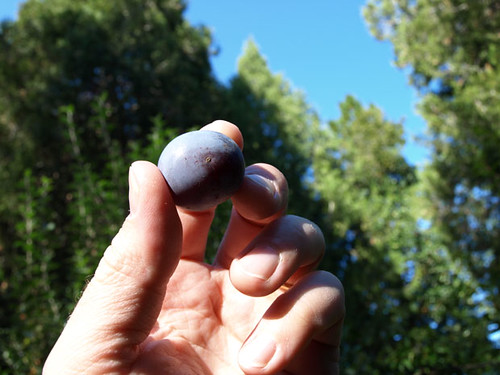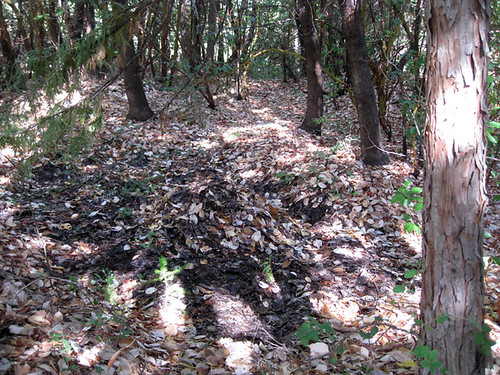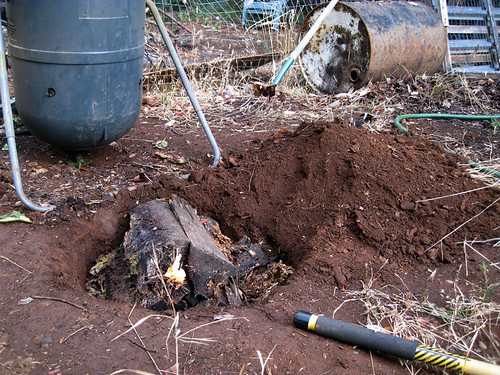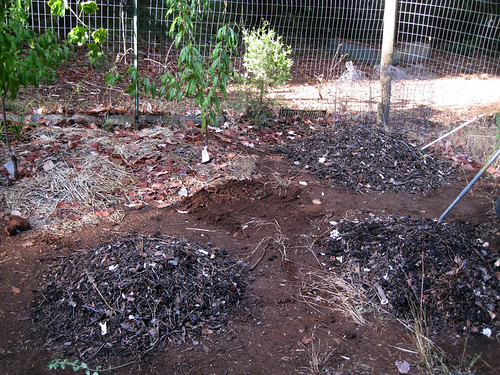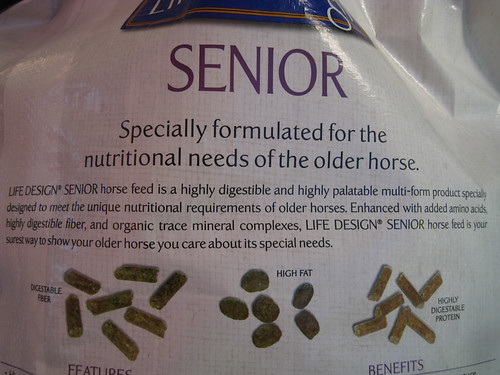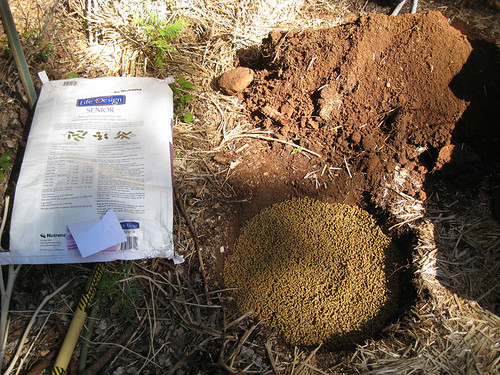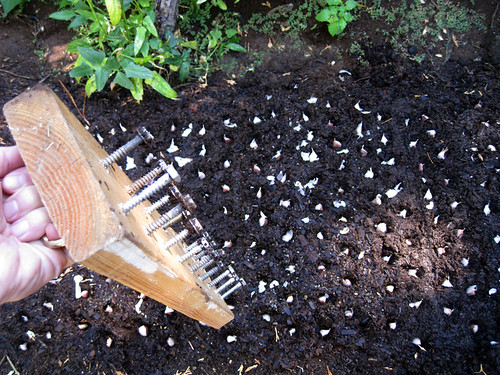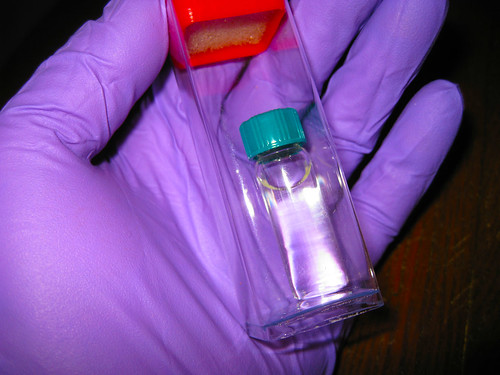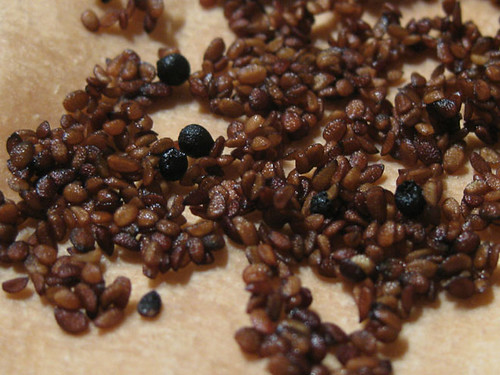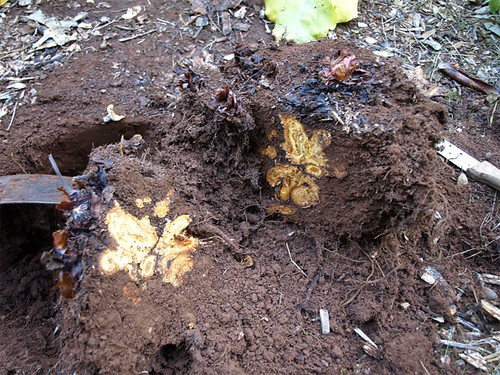 I’m especially fond of plants that are easily propagated, either by seed or division or cuttings. Rhubarb (Rheum x hybridum) is just such a plant, and one of my fall chores – not every fall, mind you, but every 3 to 5 years – is to dig it up and divide it once it goes dormant.
I’m especially fond of plants that are easily propagated, either by seed or division or cuttings. Rhubarb (Rheum x hybridum) is just such a plant, and one of my fall chores – not every fall, mind you, but every 3 to 5 years – is to dig it up and divide it once it goes dormant.
The other day, I dug up three of my plants, divided each in half, and planted half (of the halves) in the food forest in part shade, and moved the other three from their original locations to another, shadier spot in the garden proper. Rhubarb has huge leaves, and in my garden seems to prefer plenty of protection from the afternoon sun.
When I teach garden classes, the room is usually split right down the middle as to whether rhubarb is delicious or disgusting. I really like it. My favorite recipe is known by the (perhaps regrettable) name rhubarb dump cake.
4 cups of rhubarb stalks, cut up like celery
1 or 2 cups of sugar or brown sugar (or the sweetener of your choice)
1 tablespoon vanilla extract
2 tablespoons tapioca
1 box of yellow cake mix
1 stick of butter
Mix up the rhubarb, sugar, vanilla and tapioca and put the whole business in one of those Pyrex baking dishes – I think they’re maybe 9 x 11″ or so – you know the ones I’m talking about. Dump the dry cake mix on top and spread it around, then cut up the stick of butter and distribute as evenly as possible over the top, then throw the whole business in a 350 degree oven until it looks done – it will be bubbling and the top will be nicely browned. Serve warm with a drizzle of heavy whipping cream or half-and-half or whipped cream or vanilla ice cream. You can add other seasonal fruits to the rhubarb – strawberries and rhubarb seem to go well together, and fancy crumble top with oats and the like works as well.

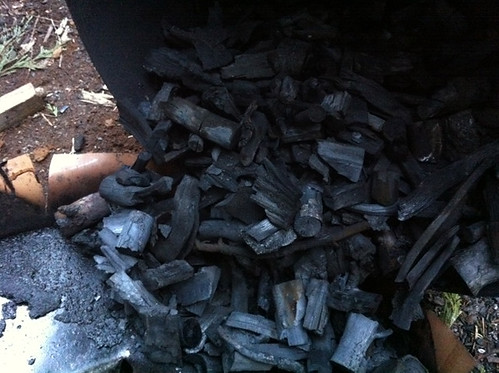

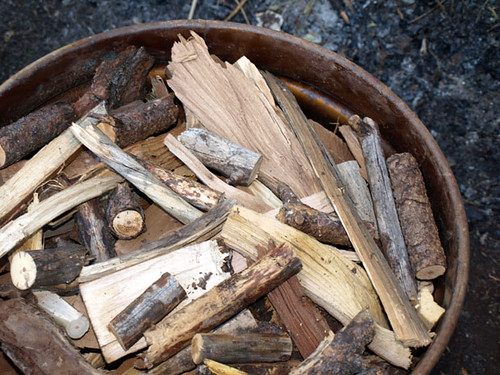 put the large outer barrel on top of the small, full barrel, then inverted the whole business. I filled the space between the inner and outer barrels with twigs and various broken branches and wood from some old palettes, then built fire on top of the 30-gallon barrel. Once the whole business seemed to be burning, I put the cap on the outer barrel and attached the chimney, then monitored and coaxed the fire by way of the air holes at the bottom. Here’s where the flaws in my design were revealed.
put the large outer barrel on top of the small, full barrel, then inverted the whole business. I filled the space between the inner and outer barrels with twigs and various broken branches and wood from some old palettes, then built fire on top of the 30-gallon barrel. Once the whole business seemed to be burning, I put the cap on the outer barrel and attached the chimney, then monitored and coaxed the fire by way of the air holes at the bottom. Here’s where the flaws in my design were revealed.